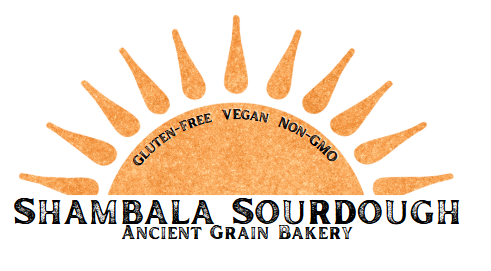
Millet
Millet is technically a seed and not a grain. The term millet can refer to a variety of grains however our inclusive organic millet flour in our blends is seed derived.
It is tiny and round in shape and can vary in color from white to gray to yellow to red and has a fabulously delicate flavor. The most widely available form of millet found in stores is the hulled type, although oftentimes you may be able to find traditional couscous, which is made from cracked millet.
A good source of some very important nutrients, including copper, manganese, phosphorus, and magnesium. Millet should also be included on your list of heart-healthy choices because of its status as a good source of magnesium. Magnesium has been shown in studies to reduce the severity of asthma and to reduce the frequency of migraine attacks. Magnesium has also been shown to lower high blood pressure and reduce the risk of heart attack, especially in people with atherosclerosis or diabetic heart disease.
Development and Repair of Body Tissue?
The phosphorus provided by millet plays a role in the structure of every cell in the body. Phosphorus is an important component of nucleic acids, the building blocks of the genetic code. Millet and other whole grains act as co-factors for more than 300 enzymes, including enzymes involved in the body's use of glucose and insulin secretion.
The whole kernel of truth: as part of your healthy way of eating, whole grains, such as millet, can significantly lower your risk of cardiovascular disease, obesity and type 2 diabetes and ground millet is added to all our bread recipes.
